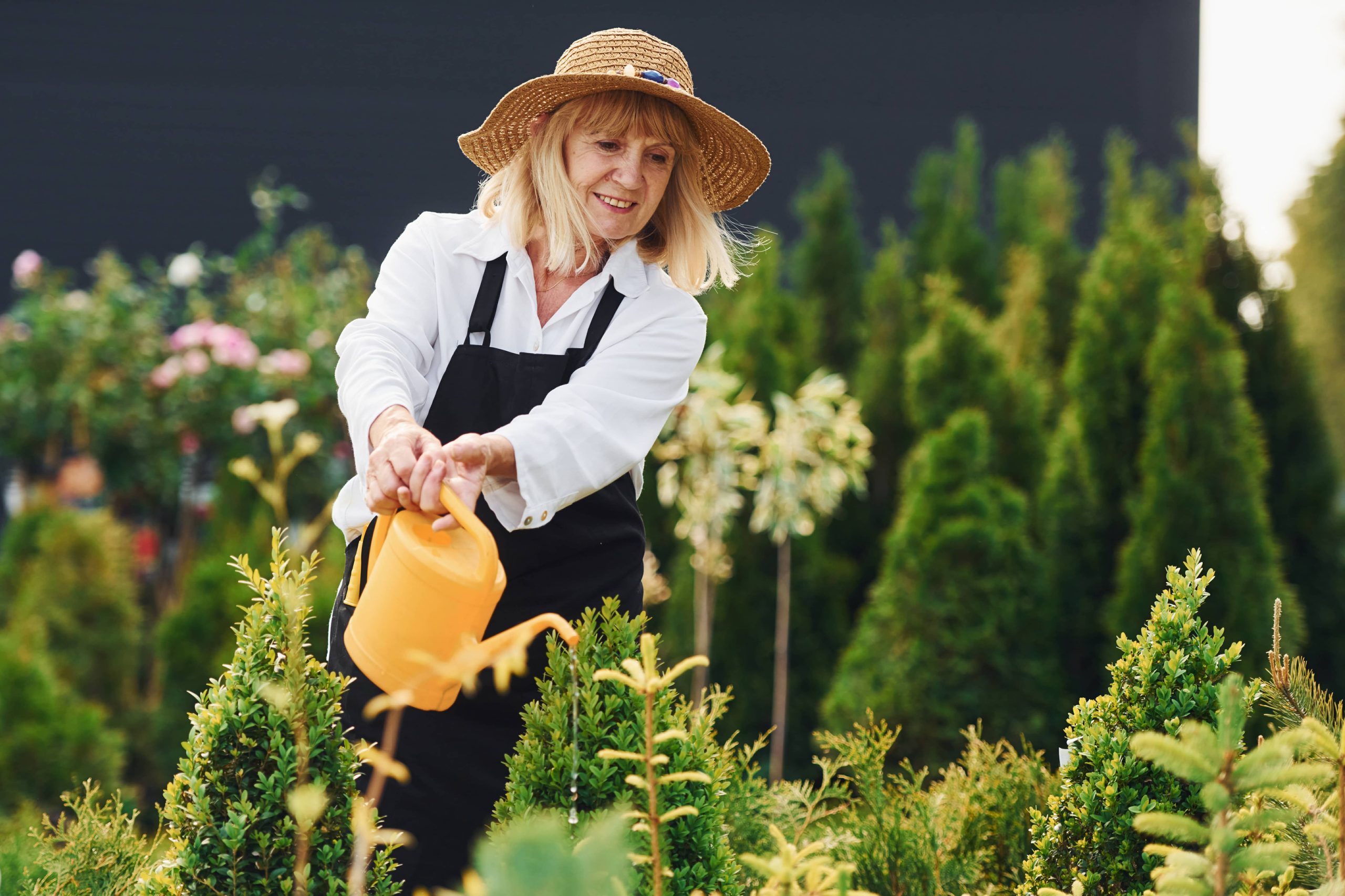
Living in a bustling city comes with its own set of challenges, from navigating crowded spaces to dealing with constant noise. However, for urban dwellers who are passionate about gardening, perhaps one of the most daunting tasks is creating a lush, inviting landscape amidst the concrete jungle. Landscaping in city settings can be a difficult yet rewarding endeavor, allowing gardeners to transform small, often overlooked spaces into green sanctuaries. If you’re an urban gardener like myself, you know that the dream of designing a vibrant garden in the city requires creativity, patience, and adaptability.
One of the primary challenges of urban landscaping is, undoubtedly, limited space. Whether you’re in a high-rise apartment or a cozy townhouse, available land is scarce. Balconies, rooftop gardens, and small patches of yard become precious commodities. Hence, effective use of space is crucial. Vertical gardening can be a lifesaver, allowing you to utilize heights as much as width. By installing wall planters or trellises, you’ll maximize your square footage while also adding visual interest.
Rooftop gardens are another excellent option for urban dwellers, given that you have access to one. While they offer open sky and decent light exposure, they also come with their own set of difficulties. Weight restrictions are a major concern, as not all rooftops are structurally equipped to handle the load of soil-filled containers and water. In this context, lightweight materials and shallow-rooted plants become crucial. Soil depth is typically limited, necessitating the use of self-watering containers or drip irrigation systems to ensure your plants receive adequate hydration without weighing down the roof.
Next, there’s the challenge of light conditions. Tall buildings often cast long shadows, reducing the amount of direct sunlight for rooftop and balcony gardens. The key here is to choose plants that are well-suited for lower light environments. Ferns, hostas, and certain types of ornamental grasses can thrive in these conditions and add lushness to shaded areas. Utilizing light-reflecting surfaces and mirrors can also help increase the amount of light available to your plants.
Moreover, urban temperatures can vary significantly, from extreme heat in summer to bitter cold in winter. The urban heat island effect can mean your plants will need more water in the summer months and protection from heat stress. Winter, on the other hand, can be harsh and unforgiving. When planning your landscape, it’s essential to select plants that are both heat and cold-tolerant. Drought-resistant species such as succulents, lavender, and ornamental grasses can be resilient choices for urban gardens.
Another significant challenge is pollution. Airborne pollutants can settle on plants, disrupting their growth and health. The presence of heavy metals, sulfur dioxide, and particulate matter can damage plant tissues and inhibit photosynthesis. Urban gardeners can combat this by periodically washing down their plants to remove these harmful substances. Installing green walls or buffer plantings with species known for air enhancing qualities such as spider plants and pothos can also help purify the air around your garden.
City noise is another factor that is often overlooked but can be mitigated through thoughtful landscaping. By designing landscapes that incorporate water features, dense plantings, or timber structures, you can create a natural barrier that absorbs sound and promotes tranquility. Bamboo and dense hedges are excellent for absorbing sound and adding privacy.
In addition to all these physical challenges, there are also bureaucratic obstacles. Many urban spaces have specific zoning laws and city regulations that may restrict or complicate your landscaping plans. Whether it’s obtaining permits for alterations, abiding by the homeowners’ association rules, or respecting historical preservation guidelines, navigating the red tape can be a time-consuming aspect of urban gardening. It’s important to do thorough research to ensure compliance with local regulations before starting your landscaping project.
Finally, despite these challenges, the social and psychological benefits of urban gardening are immense. Green spaces have been proven to impact mental health positively, offering stress relief and improving mood. Furthermore, community gardens allow city dwellers to come together, cultivating not just plants but also friendships and a stronger sense of community.
In conclusion, while landscaping in city settings poses numerous difficulties, they are far from insurmountable. By leveraging creativity and practical solutions, urban gardeners can transform scarce spaces into vibrant green havens. From rooftop gardens that maximize vertical space to choosing resilient plants tailored to city climates, the potential to create beautiful, sustainable landscapes is very much within reach. City life may be fast-paced, but the solace of a thriving garden is a timeless luxury worth striving for. Whether you’re battling space, sunlight, temperature, pollution, or regulations, remember that each challenge is an opportunity for innovation and growth. Through dedication and a bit of ingenuity, your city garden can flourish, offering a peaceful retreat from the chaos and restoring a patch of nature within the asphalt expanse of urban life.













